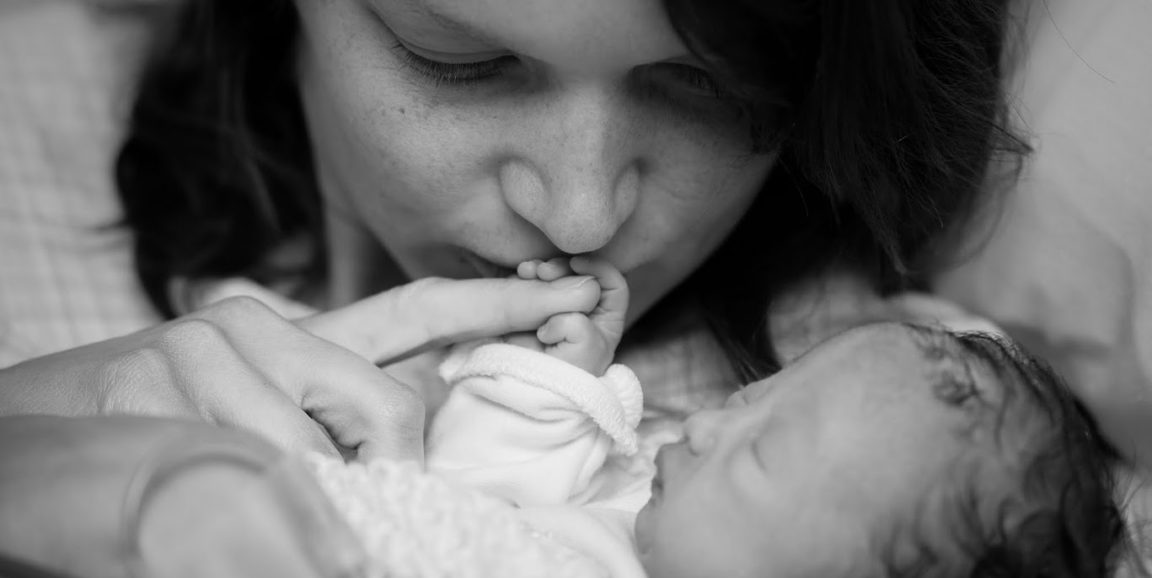When Kristin and Patrick Flor learned, midway through Kristin's pregnancy, that their third child had a severe genetic syndrome called trisomy 18, they were devastated. Many fetuses diagnosed with the condition, which is characterized by an extra copy of the 18th chromosome in most or all of the body's cells, do not survive pregnancy. Of those born alive, about half die during their first week of life.
The Flors soon began working with the Fetal and Pregnancy Health Program at Lucile Packard Children's Hospital Stanford to develop a plan for the birth of their daughter, whom they named Julia Elizabeth.
In a story I wrote for Stanford Medicine magazine, I describe how neonatologist Susan Hintz, MD, and the other members of their care team had a series of conversations to help the parents make decisions for Julia. Kristin and Patrick told their caregivers they wanted Julia to feel loved and did not want her to suffer. They also hoped to be able to meet her alive. From the story:
'It’s not a paternalistic approach to developing a care plan,' Hintz said. 'We are focused on understanding what a family’s desires and goals are and doing everything we can to make them happen.'
Central to the plan was the idea that the Flors were welcoming a new family member.
'We always acknowledge the diagnosis, but the baby is not a diagnosis,' Hintz said adamantly. 'Julia is their daughter. Julia is a precious child.'
Baby Julia Elizabeth Flor was born in October 2015 and lived 43 days. She was able to go home from the hospital with her parents and her two big brothers, who enjoyed Halloween, Thanksgiving and an outing to get a Christmas tree with her.
"She brought a lot of love to our family," Kristin Flor told me. "It was a privilege to be able to have her."
Photo of Kristin and Julia Flor by Julie Cahill Photography




